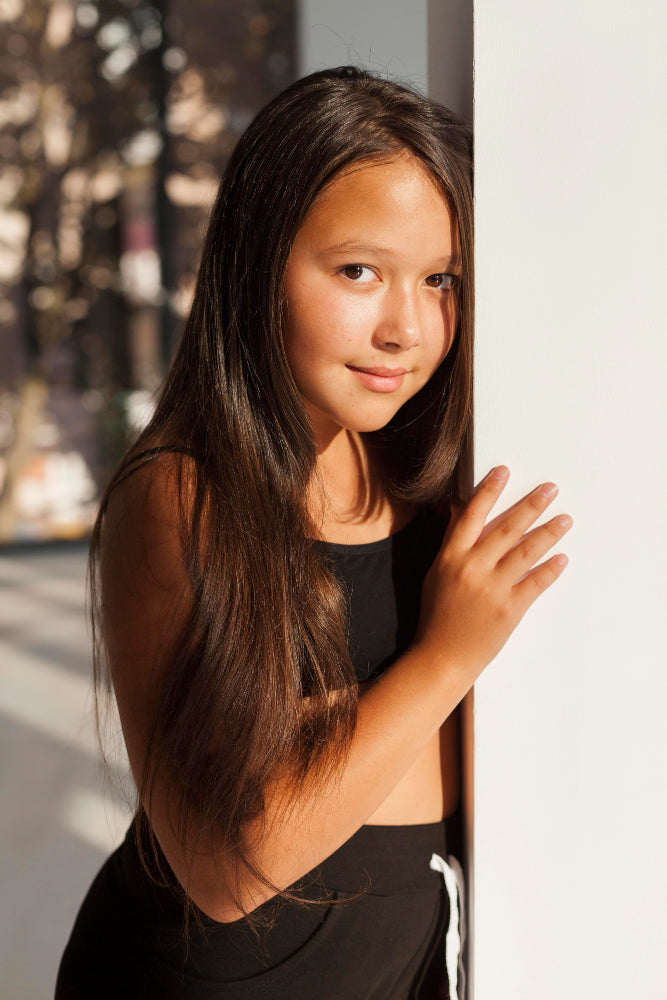
Choosing a training bra for girls and tweens is an important step that involves ensuring comfort, support, and confidence. Here are some key points to consider:
Signs of Readiness
Training bras are typically introduced when girls begin to show signs of breast development, such as the appearance of small, tender bumps under the nipples. This can occur anywhere between the ages of 8 and 13, though it varies for each individual.
Purpose and Benefits
Training bras provide gentle support and coverage, helping girls adjust to wearing bras. They are designed for comfort and modesty, particularly under tighter clothing. Unlike regular bras, training bras are simpler and focus on acclimating the wearer to the concept of wearing a bra.
Types and Styles
- Soft Cup Bras: Ideal for beginners, offering comfort without underwires.
- Sports Bras: Suitable for active tweens, providing support during physical activities.
- Cami Bras: A blend of camisole and bra, perfect for layering and everyday wear.
Selecting the Right Bra
- Comfort and Fit: Ensure the bra fits well around the ribcage and is not too tight. Adjustable straps and soft, breathable materials are key for comfort.
- Style Preferences: Allow your child to choose styles and colors they like, making the experience positive and empowering. Popular options include reversible bras and those with fun patterns or colors.
- Practical Considerations: Look for bras that are easy to wash and maintain their shape. Features like sewn-in pads can help keep the padding in place.
Recommendations
- Comfort and Design: Choose bras known for their comfort and fun designs, including reversible styles and soft fabrics.
- Quality Materials: Opt for bras made from soft, organic materials and those with adjustable fits for everyday wear.
- Support and Activity: Consider seamless and sports bras that are comfortable and supportive, suitable for different activities.
Practical Tips
- Measurement: Proper measurement is crucial. Measure around the ribcage and across the fullest part of the chest to find the right size.
- Trial and Error: It might take trying a few different styles and brands to find the perfect fit and comfort level.
- Communication: Have open discussions with your child about their comfort and preferences to make the transition smoother and more positive.
This guide aims to help parents and guardians support their children during this important transition, ensuring that the experience is positive and confidence-building.

